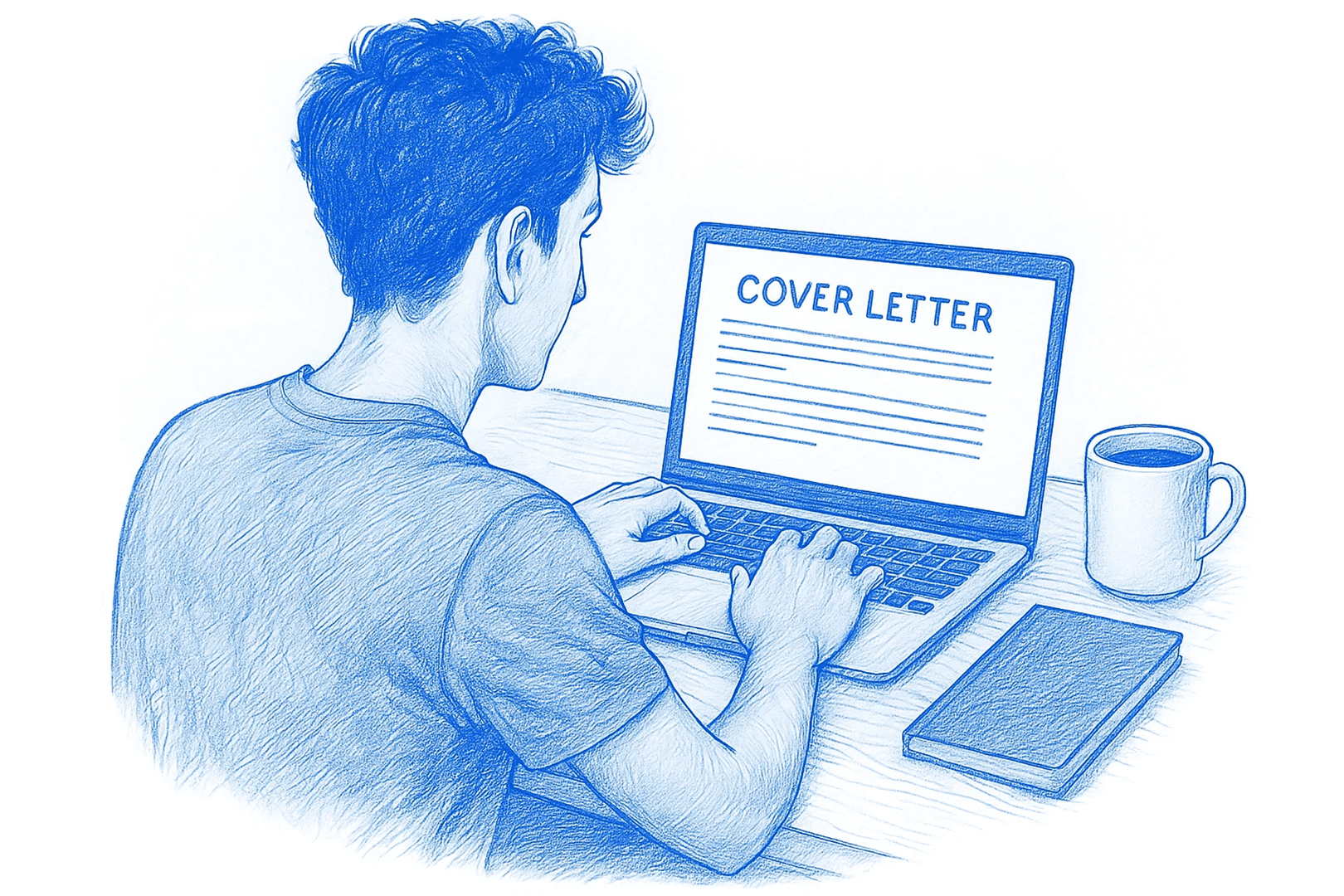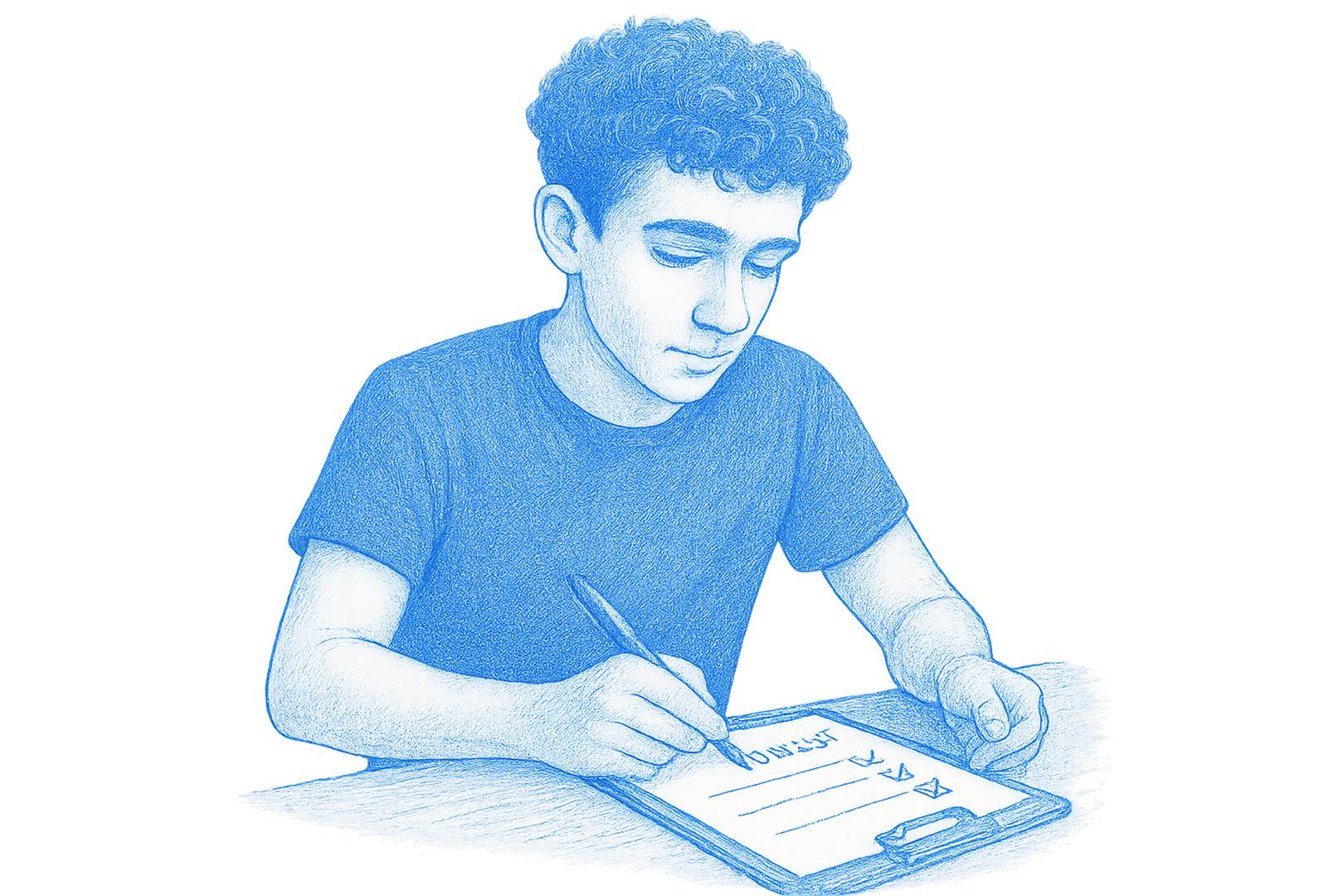Blog
08 Jul 2025 • resume
What Recruiters Look for in a Student Resume
Learn what makes a student resume stand out to recruiters. Clear tips, real examples, and what to avoid.

When you're applying for internships or your first job, your resume is often the only thing a recruiter sees. You don’t get to explain your projects. You don’t get to show your personality. At least not right away.
That’s why your student resume matters more than you think. It’s your first impression. And in a stack of hundreds, the resumes that get noticed are the ones that feel clear, focused, and credible.
But here’s the good news. Recruiters are not expecting your resume to look like a senior engineer’s or a product manager with five years of experience. They know you’re a student. They’re just looking for a few specific signals to see if you’re ready to work in a real-world setting.
So what exactly are they looking for?
Let’s break it down.
Choose the right resume template
Sometimes your resume has the right content, but the layout gets in the way. Recruiters read a lot of resumes quickly, so how your resume looks can impact whether they read it at all. A messy or confusing format might make them skip important details.
That’s why choosing a clean, well-structured template matters. One great example is the Harvard Resume, which has been used by thousands of students over the years. It’s designed to highlight your education, projects, experience, and skills in a way that’s easy to scan and professional-looking.
You don’t need to design your own layout or use a flashy template with colors and graphics. In fact, most recruiters prefer simplicity. Use a resume format that helps your content breathe, guides the reader's eye, and makes your story clear. A good template is like a good portfolio—it gets out of the way and lets your work speak.
Clarity over clutter
The best student resumes are easy to read. That means clean formatting, consistent fonts, and no flashy designs that distract from the content. Stick to one page. Use sections that make sense: Education, Experience, Projects, Skills. Don't try to cram too much into the page. White space helps people read faster.
Recruiters often spend less than 30 seconds on a first pass. If they have to hunt for your GPA or can't tell what a project was about, they move on.
A good student resume answers these questions quickly:
What school do you go to?
What have you worked on?
What can you do?
Real projects, not just class assignments
If you’re early in your career, recruiters know you probably haven’t worked full-time before. So they look at your projects. These are often the most important part of a student resume.
The best projects are the ones you built yourself, outside of class. It could be a personal website, an app you launched, a design system you contributed to, or even a small open source repo.
If it’s a class project, that’s fine too. Just be specific. What was your role? What did you build? What tools did you use? What was the outcome?
Write like someone who contributed, not just someone who participated.
Clear, confident language
Avoid vague descriptions. “Worked on various tasks” means nothing. So does “helped with backend development.”
Instead, say what you did, how you did it, and what changed because of it.
For example:
Built a Node.js API for user authentication used by 3000+ students in a college app.
Or:
Designed and shipped a Figma prototype that reduced user drop-off during sign-up.
This kind of language shows that you understand what you built and why it mattered.
Skills that match the role
Recruiters quickly scan your resume for relevant skills. If you're applying for a backend role, they’ll expect to see things like Node.js, PostgreSQL, or Docker. If you're going for a design internship, Figma, prototyping, and user research should show up clearly.
Avoid dumping every tool you’ve ever touched. Instead, highlight the tools and technologies you’re actually comfortable using. Group them by category if you need to: Languages, Frameworks, Tools.
And make sure your listed skills are reflected in your projects or experience. If you list Python, show where you used it. If you mention React, back it up with a project.
Internships or real-world experience (if any)
Even a short internship at a local company or startup can give your student resume a big boost. Recruiters love to see that you’ve worked with a team, shipped something, or solved real problems.
If you don’t have formal experience yet, don’t panic. Focus on making your projects feel like real-world work. And if you’ve volunteered or freelanced, that counts too. Show it.
Clean timeline and no filler
Recruiters care about what you’ve done in the last one or two years. That means no need to add high school achievements, irrelevant certificates, or one-day workshops. Your student resume should feel current and focused.
If you’ve had gaps, that’s okay. Just be honest. Use that space to build things, learn, and grow. Your resume should show progress.
Bonus: online presence
It’s not required, but having links to your GitHub, personal portfolio, or Peerlist can help a lot. Make sure these links actually work and reflect your resume.
If your GitHub has code, your portfolio shows designs, or your Peerlist tells the same story, it builds trust.
Recruiters won’t always click, but when they do, you really don't want to loose an opportunity. These are the links mostly hiring managers visits to find the right signals.
TL;DR
Keep it simple and readable. Use one page resume template with clean formatting.
Focus on real projects. Describe what you built and why it mattered.
Use clear, confident language. Avoid vague phrases.
Highlight relevant skills. Show how you used them in context.
Include internships or freelance work if you have any.
Remove old or unrelated information. Keep it recent.
Add links to your work online if possible. Demo links always build credibility.
A student resume doesn't need to be perfect. It just needs to be honest, focused, and clear about what you’ve done and what you can do. That’s what helps you get noticed. And that’s what gets you in the room.
Related Articles
How to Write a Cover Letter for an Internship
Learn how to write a strong cover letter for an internship with tips, examples, and a simple template.

How to Document Your Internship Experience for Future Jobs
Simple tips to document your internship and build a strong resume and portfolio.

Google Makes Gemini Free for Students
Google is giving students free access to Gemini Advanced, its most powerful AI tool. Learn how to claim 100% student discount.

Subscribe to The Internshipp Newsletter
Expert advice, industry trends, insider tips along with best new internship posted on Peerlist—delivered straight to your inbox.